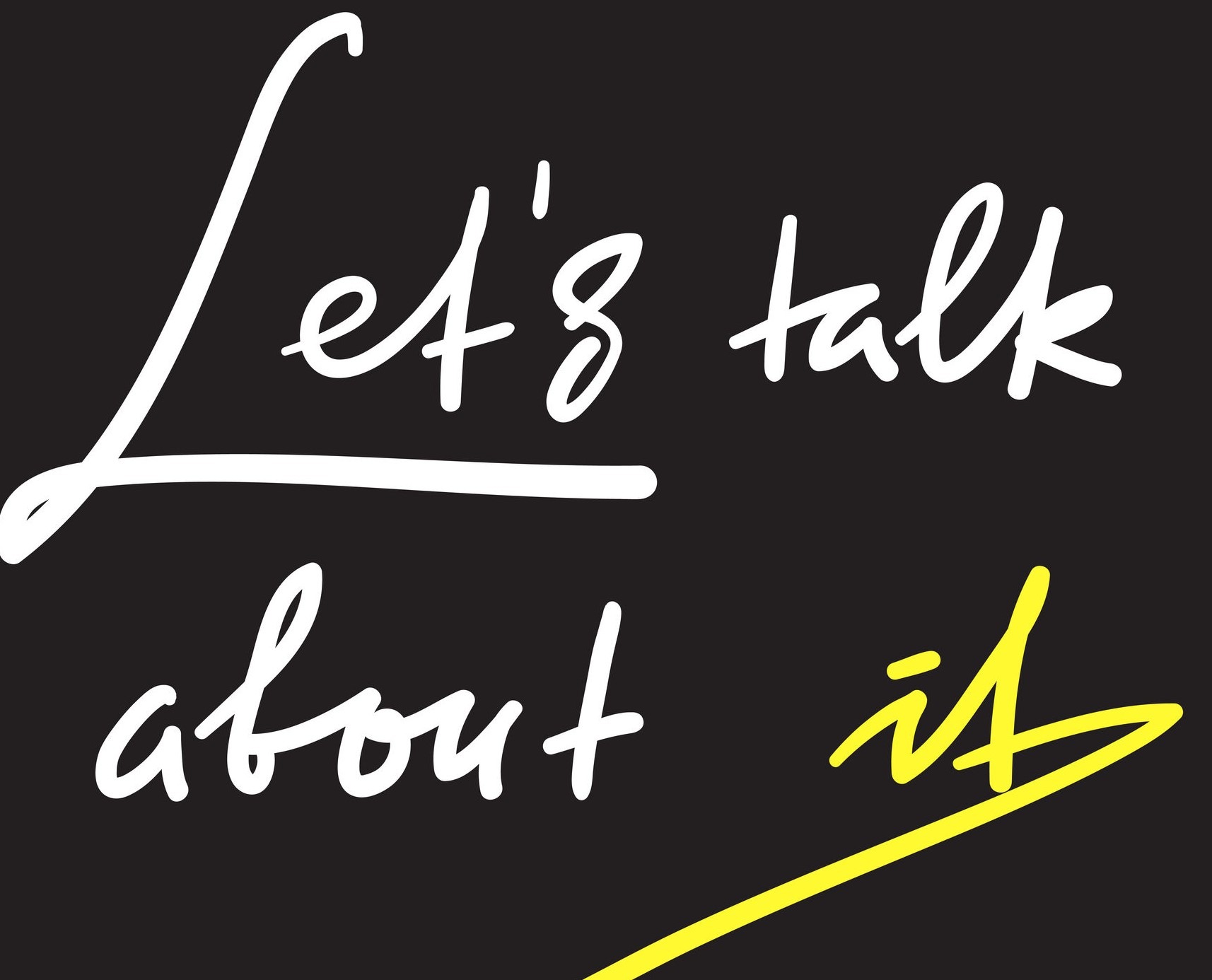5 keys to navigate vexing workplace discourse
Right now, communicators should be a calming, reassuring presence for stressed-out colleagues. Here’s how to facilitate productive conversations instead of fiery conflagrations.

I have never felt a bigger divide among people I love dearly than right now.
Watching the Netflix documentary “The Social Dilemma,” which explains how algorithms feed us stories and viewpoints we are most likely to engage with based on previous behaviors, has helped me understand this issue.
Each side is seeing a world populated with one view, devoid of diverse views or opinions.
Companies must seek out new and diverse points of view, but they need to know how to hold the conversation first.
While some believe that racial sensitivity training can actually be “divisive,” I strongly disagree. It provides a common language to use when trying to come together and share differing experiences. When companies are able to value the different experiences and perspectives employees bring to the table, they begin to bridge the divide and find common ground.
Marketers, agencies and employees don’t all share the same political views. As marketers seek to represent the world in which they advertise, employees shouldn’t all have the same political views. Nor should they want to, if they truly value different perspectives. Being inclusive has to extend to many things, including political views.
It’s time to understand all of our customers. There can’t be one perspective and one voice. It’s essential to what we, as marketers, do.
As political conversations in the workplace increase and cause conflict, we need to get ahead of the conversations and find ways to bring civility to them. Not addressing important issues negatively affects brands and companies.
Here’s a framework on how to navigate the political landscape in the workplace.
Focus on key values. Re-emphasize respect and professionalism in the workplace through email/newsletter inclusion, leadership modeling, or department-level discussions.
Connect the dots. Tie the value of differences in ways of thinking and feeling about issues back to prior conversations regarding diversity and valuing different viewpoints.
Ask leadership teams to model appropriate ways of discussion. Discuss political views respectfully and calmly, and use learning tools to de-escalate the conversation if it gets heated.
Lean in to political issues. Offer “Illustrate to Educate” videos to try and remove some of the emotion. Focus on education regarding the two candidates, or the history of the Democratic and Republican parties. Create a guide, distributed companywide, to give people access to tools that address these types of issues.
Listen. Don’t just plan your next retort. Listen, ask questions, and exchange information. Being on opposing sides of an issue doesn’t mean there aren’t shared, similar beliefs somewhere. Just because I have strong political views doesn’t mean I want you to hide yours from me. When someone feels they don’t fit in, it’s the opposite of being inclusive.
Remember that these people have been your co-workers and friends long before these charged issues entered the workplace. There is no reason they can’t remain your co-workers and friends, as long as everyone is respectful.
Christy Hiler is president of Cornett, a Kentucky-based creative agency. Read more of Hiler’s work at MediaPost.






